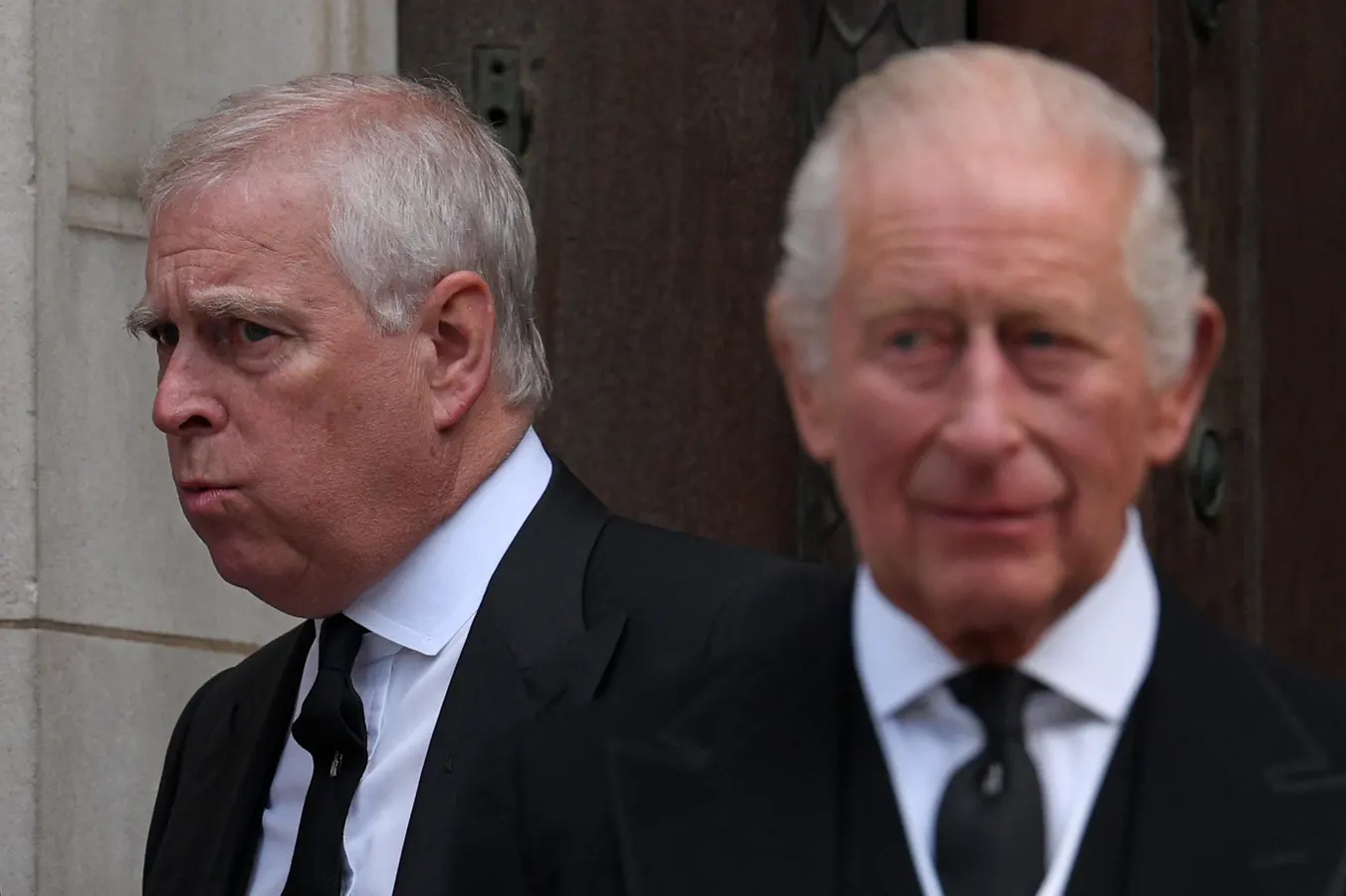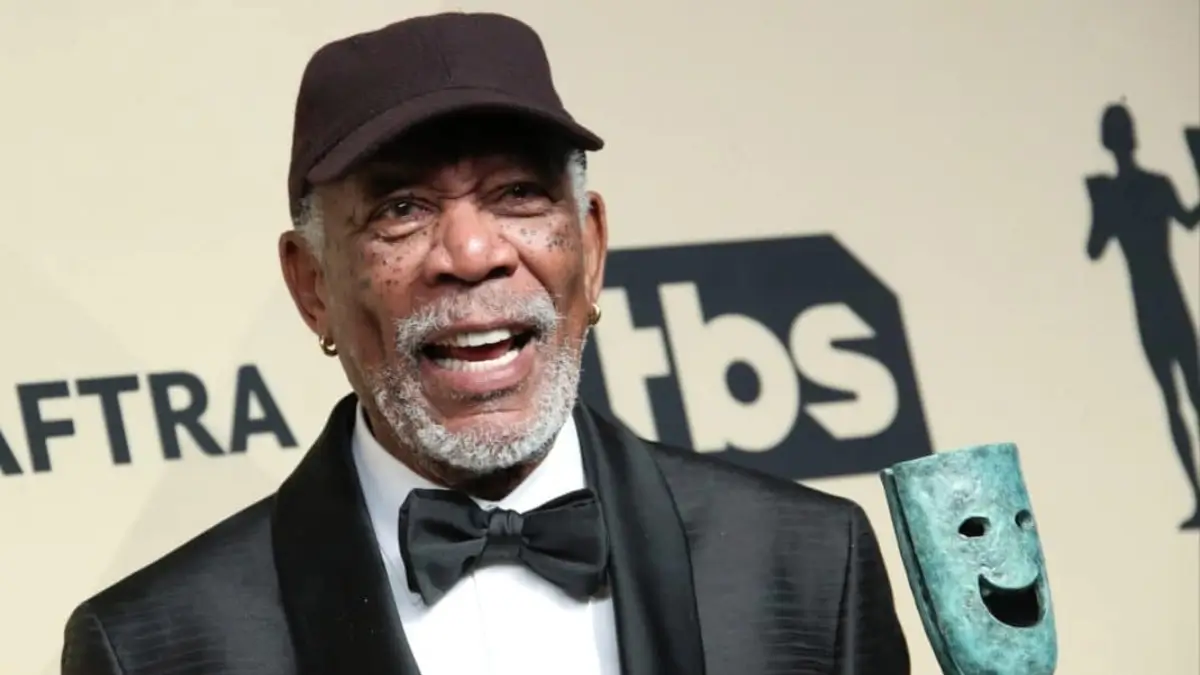Copyright forbes

Britain's Prince Andrew, Duke of York (L) and Britain's King Charles III leave following a Requiem Mass, a Catholic funeral service, for the late Katharine, Duchess of Kent, at Westminster Cathedral in London on September 16, 2025. (Photo by Adrian Dennis / AFP) (Photo by ADRIAN DENNIS/AFP via Getty Images) AFP via Getty Images CEOs who want to distance themselves and their companies from the scandals, controversies, or crises of others could learn something from King Charles III. Yesterday, the monarch took the unusual step of further distancing Buckingham Palace from the continuing controversy associated with Prince Andrew due to Andrew’s past links with convicted sex offender Jeffrey Epstein. Buckingham Palace announced that “Prince Andrew will now be known as Andrew Mountbatten Windsor. His lease on Royal Lodge has, to date, provided him with legal protection to continue in residence. Formal notice has now been served to surrender the lease and he will move to alternative private accommodation. These censures are deemed necessary, notwithstanding the fact that he continues to deny the allegations against him,” the Associated Press reported. But will the sudden and headline-making actions be enough to save the royal family from the crisis getting any worse? “The question now: whether King Charles and the British establishment have done enough to prevent Andrew’s association with Epstein from engulfing the monarchy,” according to CNN. Organizations that are perceived to be close to or implicated by another’s crisis can be in danger of being tainted by it. “When any high-profile individual becomes highly toxic, any organization for whom they work or are associated [they risk] suffering from the fallout. Leaders of such organizations usually end up with a stark choice: back them or sack them. Sack them too quickly and they risk being seen as callous, expedient, and disloyal, especially if it turns out that allegations against them were false. Back them too long, and the poisonous reputation of the individual wreaks havoc on the good name of the organization,” Jonathan Hemus, managing director and crisis management consultant at Insignia, told me in an email interview. CEOs and the companies they lead “can get tainted by being associated with a controversial figure, especially if that person holds an extreme viewpoint on an issue. One example could be Elon Musk during his DOGE phase, which some people found extreme and upsetting. It certainly affected his Tesla business, with people turning in their cars, not buying them or even resorting to violence and firebombing cars at dealerships,” Gregg Feistman, a professor practice of public relations at the Klein College of media and communication at Temple University, told me in an email message. A high-wire act Making decisions of this nature can be a high-wire act. Act too soon and you may make the wrong decision; act too late, and the damage may be irreversible. “King Charles made a brave decision in severing Andrew from the trappings of royalty. Doing so earlier would have likely reduced the damage to the British monarchy and allowed him to better shape the narrative rather than reacting to it,” Hemus observed. MORE FOR YOU In order to maintain their reputation, companies need to do what they can to protect their brands. “King Charles prioritized protecting the institution of the monarchy over protecting one member. This demonstrates that sometimes organizations must act based on the weight of public perception and ongoing controversy, even without definitive legal conclusions. Sometimes, waiting for perfect clarity can compound reputational damage,” Jared C. Meade, founder and principal at Rayne Strategy Group, said in an email message to me. Just a start Depending on the nature of a crisis, it might be appropriate to evaluate the situation periodically, then act accordingly. “Andrew has been under scrutiny for some time. Initially, the decision was for him to step back from being a working royal. As new information emerged, he gave up the use of [some of] his titles, and when it was determined that these actions were insufficient, the King formally removed his titles, styles and honors,” Meade observed. A core crisis communications strategy is to publicly identify the problem and say that you’ve cut ties with the person bringing your company into disrepute. ‘But that’s just a start. You’ve now removed the source of the rot. Now you have to go on to show how your company is a leader in the very thing (safety, compliance, ethical standards, etc.) you were called out for. Show what new leadership changes, policies, corporate donations or partnerships you’re undertaking to not just solve this problem, but be a leader in your industry,” Jonathan Narvey, chief executive officer at Mind Meld PR, told me in an email message. The nature of a crisis, and the role an individual had in causing or prolonging it, should be taken into account by executives. They should also “find out if the controversy is in fact real or manufactured. In an era of social media and generally low media literacy, bots are often the first line of attack; witness the recent Cracker Barrel logo re-design controversy, where an outside analysis found more than 40% of the criticism came from bots, not real people,” Feistman of Temple University professor of practice of public relations at the Klein College of media and communication at Temple University, told me in an email message. For CEOs, the takeaway from the headline-making announcement from Buckingham Palace “is that integrity is non-negotiable. When trust is broken, hesitation or delay to act only deepens the reputational damage of the wider institution. Therefore, leaders must act quickly, distance the brand from dishonesty, and remember that transparency and truth always win in the long run,” Rebecca May, a public relations expert and founder of RM Publicity in the UK, told me in an email interview. Business leaders should pay close attention to how the demotion of Prince Andrew plays out, and how—or if—it helps to quell the latest crisis to hit the British monarchy. Editorial StandardsReprints & Permissions



